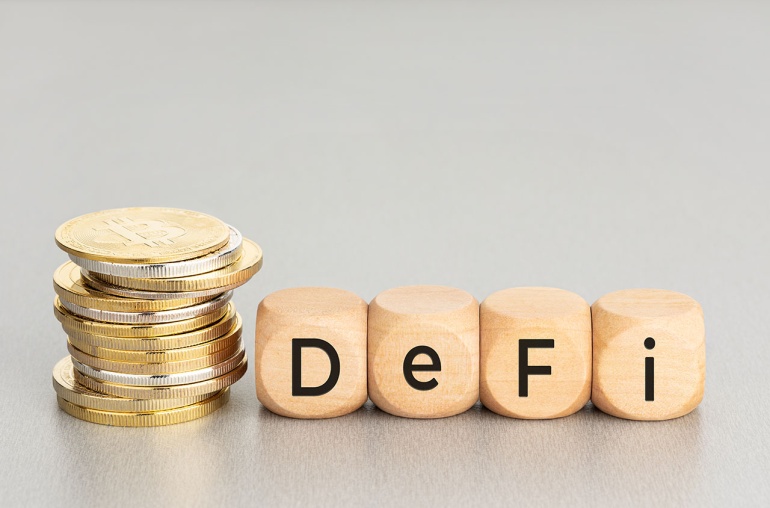The world’s second-largest blockchain network, Ethereum, has been struggling to keep pace with the changing requirements for the cryptocurrency industry due to foundational limitations. Created to be more than what Bitcoin, the world’s first cryptocurrency, offered, the intent behind Ethereum’s creation could not reach implementation due to fundamental challenges.
Vitalik Buterin, the creator of Ethereum, has been hard at work with the core ETH development team to address the issue. Ethereum 2.0 is a multi-stage upgrade to the blockchain ecosystem to improve the blockchain network’s security, accessibility, and scalability.
The upgrade would see several foundational changes made to the Ethereum infrastructure. The most noteworthy change would be a shift from the original proof-of-work validating protocol to the proof-of-stake system.
In January 2022, the Ethereum Foundation rebranded Ethereum 2.0 to the “consensus layer” because it is an overhaul of the original blockchain network rather than a completely new network created from the ground up. Consequently, Ethereum’s original blockchain network would now be referred to as the “execution layer” in the upgraded network to house network rules and smart contracts.
The Ethereum 2.0 upgrade is still in the works at the time of writing, and its full implementation is slated to take place by 2023 after considerable delays in implementing its initial stages.
What Is Ethereum 2.0 Staking?
The proof-of-work validating algorithm overburdened the blockchain network, limiting its ability to validate more than a few hundred transactions in a specific timeframe. Scaling the blockchain network into something more significant would require an entire overhaul that could let the blockchain network process and validate a significantly higher number of transactions while reducing the amount of energy it uses.
Ethereum 2.0’s primary change from the original framework would be to replace its proof-of-work algorithm with a more energy-efficient and faster proof-of-stake mechanism. A faster method to validate transactions on the blockchain network would allow Ethereum to achieve many of its purported use cases, especially through decentralized apps (dApps). It can reduce the overall transaction costs, making it more effective in the world of decentralized finance (DeFi).
ETH 2.0 will see a staking model replace Ethereum’s current mining process. Ethereum 2.0 staking would require validators to have a minimum amount of funds to stake instead of requiring expensive and energy-intensive hardware to validate transactions successfully. Anybody with a significant enough cryptocurrency balance can become a validator on Ethereum 2.0 to earn staking rewards.
With the proof-of-work system, cryptocurrency miners would be competing with other miners to validate transactions, but only those who could solve the complex mathematical equations would receive mining rewards. PoS narrows down the pool, allowing greater accessibility to become a validator on the network, improving the network’s speed and security.
Ethereum currently handles roughly 15 transactions per second – a substantially slower speed considering the context of how quickly financial transactions should work. The PoS algorithm will effectively allow Ethereum’s blockchain network to process and validate over 100,000 transactions in the same time frame, considerably increasing the use cases for the entire blockchain ecosystem.
How Does Ethereum 2.0 Staking Work?
The PoS-based system in ETH 2.0 would require validators to stake their own cryptocurrency holdings to validate transactions instead of lending computing power to solve complex mathematical equations to validate each block of data on the blockchain network. The Beacon Chain, the PoS network merged with Ethereum’s mainnet, will divide Ethereum stakers into committees and randomly assign them shards of the data blocks. Each committee has a slot and a set time to propose a new block and validate the transactions inside the block.
The committee includes 128 stakers, out of which one is exclusively selected to propose new transactions. The remaining members of the committee vote on the proposal to attest and validate the transactions. The Beacon Chain then collects the information and distributes it to the neighboring data shards, keeping the entire network in sync while dividing the workload.
The staker chosen to validate the transaction receives the staking reward only when all the shards are attested to and reconciled with the Beacon Chain
How Much Can You Make By Staking Ethereum?
Ethereum 2.0 staking results in rewards to the validators, much like traditional mining in the proof-of-stake system. However, the rewards for validating blocks of transactions are different. In ETH 2.0 staking, the rewards that validators receive are based on the overall amount of ETH they stake. The more Ether you stake as a validator, the greater the reward will be for validating transactions.
The reward model is also fairer because it also benefits attesters and block proposers. The block proposer gets one-eighth of the base reward, and the attestor receives seven eighths. The awards are adjusted based on how long block proposers take to submit their attestations. The faster an attestor submits the block, the greater the reward.
Staking your ETH requires locking in the staked ETH holdings for several years. Many people might be reluctant to tie down their crypto holdings for so long if they plan on spending their crypto holdings on other decentralized apps or exchanging it for other cryptocurrencies. ETH staking could be a viable option for you to consider if you want to support the blockchain network and earn a sizeable payout in the long run by sticking to it for the long haul.
Wrapping It Up

Ethereum is already a massive presence in the cryptocurrency industry, and it paved the way for far more utility from the decentralized asset class than the world’s first cryptocurrency. The Ethereum community is getting stronger, and the ecosystem keeps expanding. The impending upgrade to its protocol is a meticulous undertaking that could cement Ether’s place as a mainstay in the changing global financial world.
Did you find this post on Ethereum 2.0 staking helpful? There is a lot more for you to learn. Keep following our blog on Crypto World to get updates on everything from the basics of cryptocurrencies to the latest developments in the industry.



